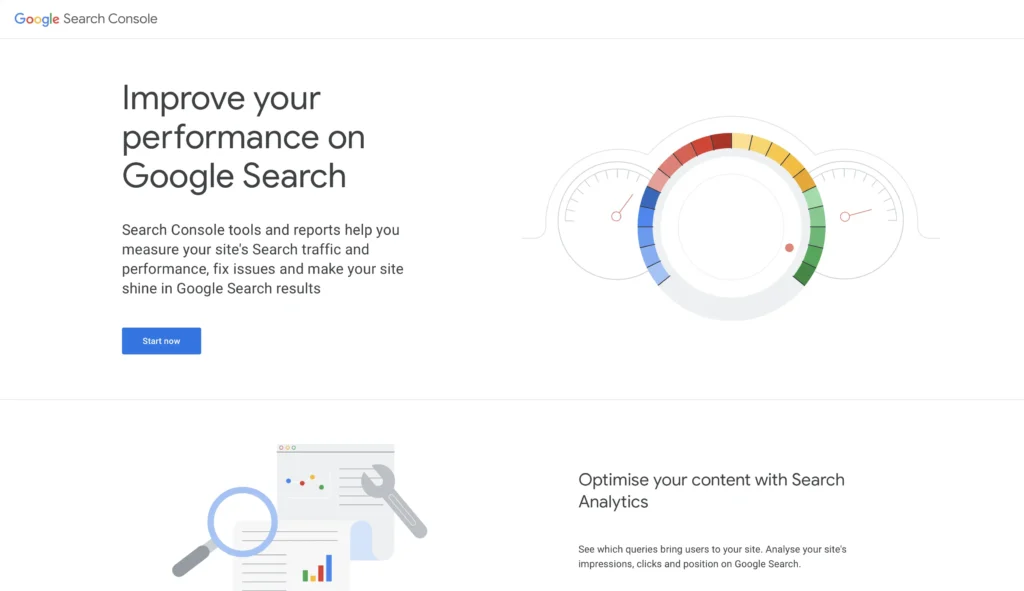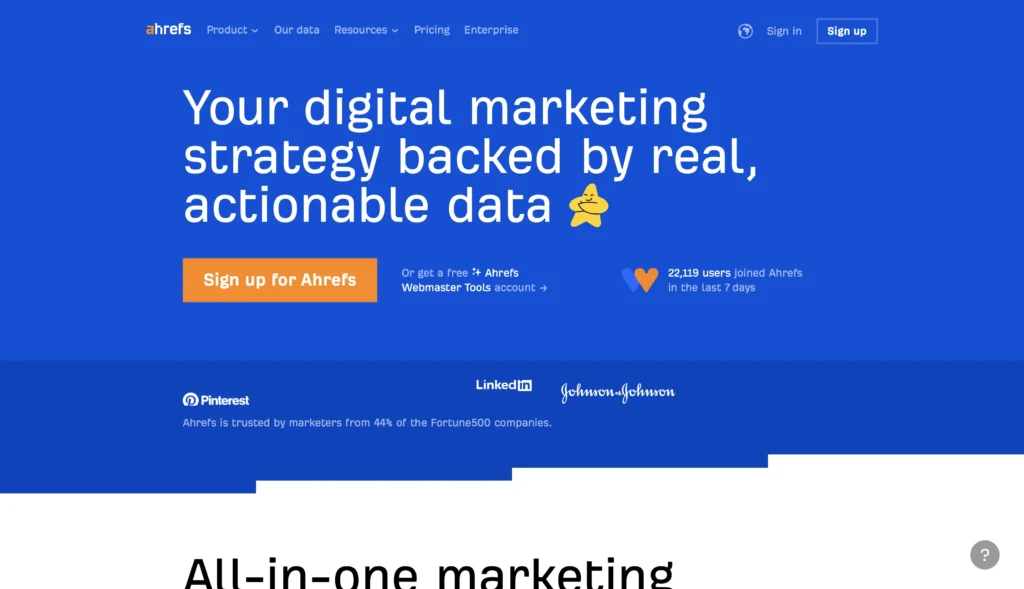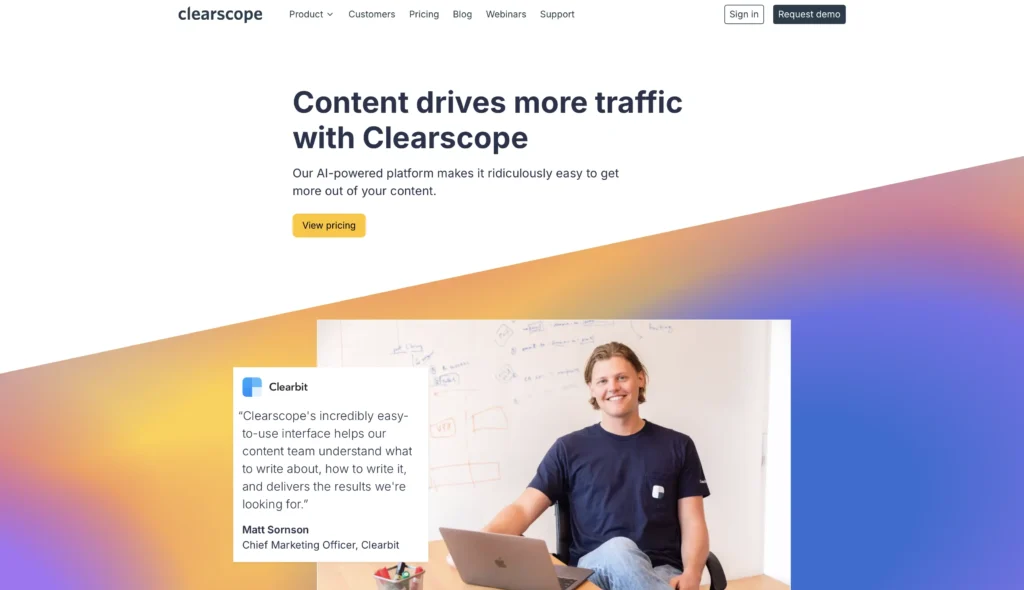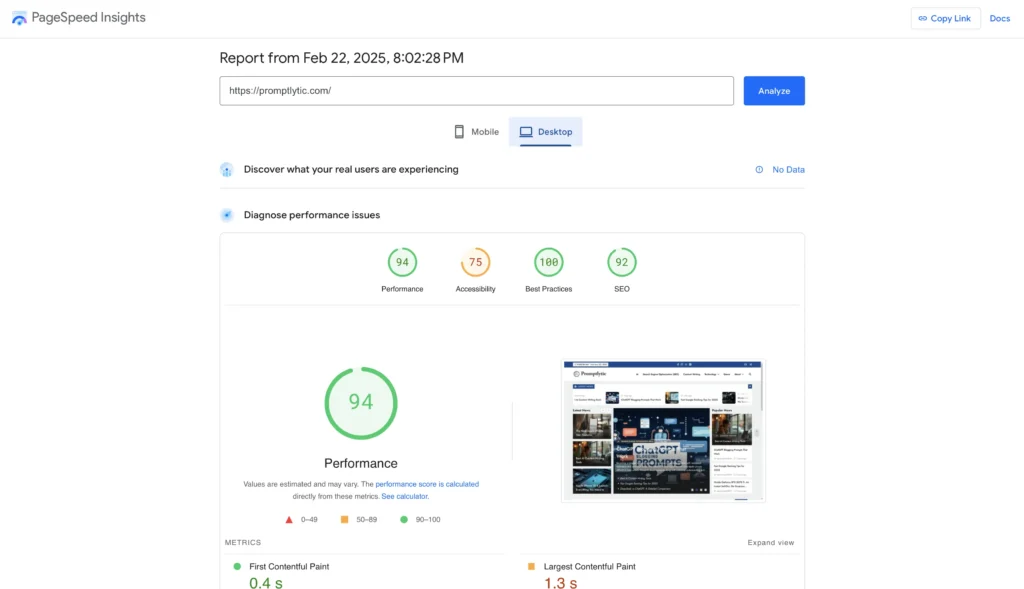On-Page SEO Guide for Beginners
Search engine optimization (SEO) stands as a vital digital marketing factor with basic understanding required by users who want to boost their internet presence. The core elements of On-Page SEO guide consist of three fundamental categories that include on-page SEO and off-page SEO as well as technical SEO.
The following guide about On-Page SEO incorporates.setOn-Page SEO definitions together with fundamental value explanations along with step-by-step instructions on content optimization with proper tools. The guide offers an excellent starting point for beginners in SEO and those who want to improve their knowledge about on-page approaches.
Organizations use on-page SEO guide to optimize their website pages so they receive better placement on search engine results pages (SERPs) together with more natural website visitors. Website content together with HTML elements and entire structure receives updates for better search engine compatibility.
The elements that fall under the scope of on-page SEO exist only within the boundaries of a website because this optimization field separates from external factors that off-page SEO controls. Businesses that apply proper on-page SEO methods will make their content accessible to search engine indexing and placement.
Why is On-Page SEO Important?
Search engines need on-page SEO to read and comprehend how your website handles content organization. Pages which receive proper optimization tend to rank advanced in search results which results in better visibility as well as greater site traffic.
On-page SEO achieves effectiveness through page titles and subheadings that include keywords. Search-engine algorithms interpret subject relevance with such title and subheading elements while also creating clear presentation for users. Your site demonstrates its value to search engines when you follow best practices in on-page SEO which indicates that your page deserves high rankings.
Search rankings will decrease when you have unsatisfactory on-page optimization because your content becomes harder to reach for users through search results. You need to prioritize SEO when you develop your content so your content stands out to search engines.
How to Create SEO-Friendly Content
Learning SEO-friendly content creation rules allows individuals to make this task easier even though it appears difficult before understanding basic principles. Following these three steps leads to content that gains high rankings on search engines.
1. Perform Keyword Research
Your content creation process requires searching for active search terms that users actually use to find information. The first step requires performing keyword research analysis.
Keyword research tools including Ahrefs and Semrush and Ubersuggest and Moz Keyword Explorer enable you to discover proper keywords together with their search frequency and competitive landscape assessment. Your research will uncover the best keywords that you should opt for to reach maximum content potential.
When creating content about “how to become a freelance writer” keyword research tools reveal both the competition rate for that term and commonly sought search queries that relate to it.
Knowledge of consumer search interests enables content creators to develop direct solutions that boost their website’s search engine position.
2. Align with Search Intent
Content faces failure even with appropriate keyword selection unless the text fulfills user search requirements properly. Search intent serves as the main reason people type queries into search engines to obtain either informational content or purchase or service-based solutions.
Begin every article by presenting content that directly meets the user needs which they expressed through their search query. At the start of this On-Page SEO Guide we quickly provide a definition of on-page SEO instead of discussing SEO history extensively.
User engagement grows more engaged and websites increase their search results position when content matches query intent. The users’ time spent engaging with content increases after finding what they wanted thereby lowering bounce rates and showing search engines how valuable the content provides information.
3. Enhance Your Website Structure Combined with Content Organization
Content structure plays a dual role to make material more readable and improve SEO results simultaneously. Each piece of content is separated through subheadings (H2 and H3 and H4) to help readers and search engines better understand the information.
A piece about “how to become a freelance writer” will find it harder to achieve ranking without incorporating that keyword in a subheading. Structural deficiency of key elements in your content reduces its ability to be discovered even when your information is valuable.
The correct implementation of heading hierarchy remains essential for all purposes. The title should use an H1 heading for main titles while primary sections should be formatted as H2 and sub-sections should have H3 headings. Avoided structures allow search engines to track your content with increased speed during indexing operations.
Techniques for Optimizing Your SEO Content
Following the creation of your SEO-friendly content you must proceed to enhancement steps for better optimization. Three proven methods to enhance page ranking potential exist as follows:
1. Use Keywords Naturally
No particular method exists for keyword density yet the main keyword should appear naturally throughout your piece. The main keyword “On-Page SEO Guide” appears naturally throughout this guide without excessive repetition.
The practice of keyword stuffing produces negative results because it means repeating your main terms excessively in an unnatural fashion. Software programs used by search engines will reduce your search rankings if you engage in this practice. Place keywords naturally in all headings along with main body text and title sections.
2. Implement Internal Linking
When it comes to website linking you must establish links between various pages which fall under your domain. Internal linking as a technique presents three groups of advantages including:
- Your website enables users to find associated content because this strategy helps maintain their extended presence on-site.
- Your website gains better understanding from search engines because of proper site interlinking.
- The binding of new content pages linked to previously established pages increases their page authority.
- To make internal linking successful use relevant anchor text that describes the linked pages and ensure the links match content contexts.
3. Optimize Images and Alt-Text
Images represent an important element that contributes to on-page SEO performance. Users benefit from image optimization and search capabilities which produce more site visits through image search results.
To optimize images:
- Create filename labels which contain relevant search terms.
- Each image should receive alt-text while also containing keywords that match its content.
- Page loading speed improves when images get compressed for optimization.
- Your XML sitemap achieves better search indexation when you add images.
The application of these recommendations allows you to boost your content’s SEO strength while obtaining better user interactions.
Useful On-Page SEO Tools
An effective on-page SEO implementation demands access to proper tools for successful implementation of strategies. Such tools will help you analyze content while enhancing website performance alongside guaranteeing search engine compliance for your online pages. There are multiple on-page SEO optimization tools which deliver maximum value during optimization processes.
1. Google Search Console

The website owner who launches a website without Google Search Console has made a critical mistake that prevents them from optimizing their pages effectively. The tool enables users to examine their website presentation in Google search results while indicating problems with indexing and showing which search terms motivate the most visitors to their site.
Through Google Search Console users obtain these functionalities:
- Companies should use URL submission and sitemap submissions to speed up content indexing by search engines.
- Nobody who cares about their rankings should overlook technical problems that affect search engine rank positions.
- Assess your target keywords alongside the user interaction rates on Google search results pages.
- Users should check mobile page performance and Core Web Vital scores.
Google offers this utility without charge so you should place it first among your platforms when developing an on-page SEO strategy.
2. Ahrefs Keyword Explorer

The SEO tool Ahrefs enables users to analyze keywords deeply and audit sites while providing research on competitors. Among the comprehensive feature set of this tool the Keyword Explorer stands out as the most beneficial feature for optimizing on-page content for search engines.
Using Ahrefs Keyword Explorer helps users achieve all three of these benefits:
- This tool enables you to find keyword difficulty alongside search volume information.
- Research your market competitors for missing keywords that you should focus on.
- Track keyword rankings over time.
- Users can evaluate the backlinks of their site and identify internal linking possibilities.
Some SEO professionals prefer Semrush over Ahrefs due to its position as another entire SEO solution. Users may leverage outstanding functionalities across the two platforms to enhance their on-page SEO strategies.
3. Clearscope

Search intent-driven content quality optimization comes from Clearscope – an AI tool that connects your content to search expectations. The highest-ranking content about a chosen keyword enables Clearscope to generate both recommendations for new topics and phrases to add to your article.
Clearscope delivers these main benefits to its users:
- Content receives ratings through a system which measures both content relevance together with its degree of completeness.
- The platform provides recommended keywords to add more breadth to your content topic.
- Competitor analysis for top-ranking content.
4. Google PageSpeed Insights

Having fast page speeds remains a cornerstone in on-page SEO because pages that load slowly force consumers to leave which harms your search positions. You can get useful recommendations to boost website loading speed from Google PageSpeed Insights when it examines your site.
With this tool, you can:
- Check the page speed performance on mobile phones and desktop computers.
- Users can get an exact list of ways to enhance their performance.
- Your website receives performance reduction from several elements which this tool helps you recognize.
Quick website loading speed combined with optimization leads to better user satisfaction and search engines interpret your site as delivering top-level quality to visitors.
Such tools serve to boost your implementation of the On-Page SEO Guide. The correct tools enable you to optimize your content better which leads to higher search result rankings.
You may also like this post: ChatGPT Blogging Prompts That Work
On-Page SEO: FAQs
1. The top on-page SEO factor maintains its importance above all other elements?
Different on-page SEO features combine to create the optimal strategy without a standalone most essential factor. The vital elements which need attention for on-page SEO require focus on:
- Aligning content with search intent.
- An optimized approach encompasses work with title tags and meta descriptions alongside headings.
- Using images with descriptive alt-text.
Effective on-page SEO optimization starts from mastering these fundamental elements to create a solid foundation.
2. How can I learn on-page SEO?
Reading intensive guides like this one together with practical implementation on real projects represents the best method to understand on-page SEO. To learn more about the topic you can choose from multiple online SEO courses. Ahrefs SEO Academy serves as an excellent learning platform which provides expert-taught classes about keyword research together with technical SEO and content enhancement practices.
3. Page SEO optimization manifests through what specific example?
The implementation of headings and subheadings across an article constitutes one form of on-page SEO. The page becomes easier to navigate for search engines and users when content is structured with H1 and H2 and H3 tag headings. Other examples include:
- Website visitors can navigate content by using internal links that direct them toward related materials.
- Using optimized images with alt-text.
- Writing keyword-rich meta descriptions.
Better understanding from search engines results from these elements which makes your content rank higher.
Wrap-Up and Further Reading
Your site success depends on on-page SEO knowledge to achieve higher search rankings and draw free Internet users. Online SEO turns difficult for new users until they keep practicing basic techniques over time.
After reading this guide users should focus on building content that benefits their audience before enabling search engines to find it. This means:
- Present content with organization through important sections
- Incorporating high-quality images and multimedia elements
- Natural incorporation of keywords should appear in all content sections
You will produce SEO-friendly content that performs well and fulfills reader expectations when you use these proven methods. Our website offers separate guides about keyword analysis and optimized SEO tools plus advanced optimization methods.
Now that you have a solid understanding of on-page SEO guide, it’s time to put these strategies into action and start improving your website’s search performance! 🚀







